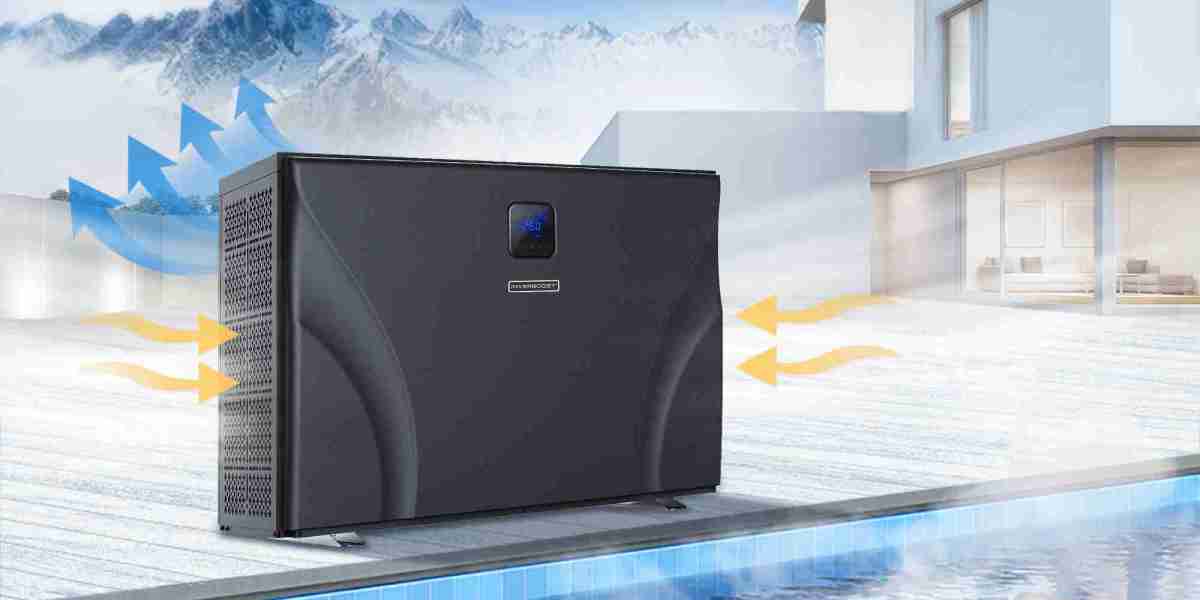Swimming is not only a well-liked pastime, but it's also a fantastic approach to gain several health advantages. It's a great way to work out, improving cardiovascular health and providing a cool break from the sweltering summer heat. However, it's crucial to acknowledge that swimming, like any water-based activity, carries inherent risks. Drowning, in particular, poses a significant concern, especially for inexperienced swimmers or individuals without adequate safety precautions. To effectively mitigate these risks and ensure a safe swimming experience, the utilization of proper safety gear becomes paramount. This article will explore the indispensable role of life jackets, pool noodles, and various other swimming equipment in enhancing overall safety.
Life jackets
Personal flotation devices (PFDs), often known as life jackets, are arguably the most important swimming safety equipment, especially for people who cannot swim or who have difficulty swimming. They are made to provide buoyancy and prevent sinking in water, keeping the user aloft. Life jackets are available in a variety of shapes and sizes to accommodate swimmers of all ages and skill levels. They are often made of strong, lightweight fabrics, with adjustable straps and buckles for a comfortable fit.
The primary advantage of life jackets is their ability to provide a reliable and consistent level of buoyancy, regardless of the wearer's swimming skills. This feature makes them indispensable for young children or individuals with physical disabilities who may struggle to stay afloat unaided. Life jackets offer a sense of security, instilling confidence in swimmers and their parents or guardians.
It must be considered to take the wearer's weight and size into account while selecting a life jacket as well as the planned application. Life jackets come in a variety of varieties, including Type I, Type II, Type III, and Type V. Offshore life jackets, often referred to as Type I life jackets, are made for usage in choppy or distant waters where rescue may take some time. For calm or inland seas, Type II and Type III life jackets are appropriate and frequently more pleasant to wear. Type V life jackets are specialized clothing meant for activities like kayaking or water skiing.
While life jackets provide excellent support and safety in the water, they may not be suitable for all swimming situations. In controlled environments like swimming pools, where the water is shallow and lifeguards are present, other swimming equipment can be used to enhance safety and facilitate learning.
Pool noodle
The pool noodle, a long, cylindrical foam flotation device, is one such piece of gear. Pool noodles may be utilized in a variety of ways to help swimmers. They may be used as a kickboard to practice kicks, carried under the arms to enhance buoyancy, or wrapped around the body to add support for swimming classes. Pool noodles are especially helpful for beginning swimmers since they help with balance and self-assurance in the water. Due to their vibrant colors and fun to play with, they are also well-liked by kids.
Because they are less expensive than life jackets, pool noodles are available to a variety of swimmers. They are risk-free, lightweight, and simple to handle. However, it's crucial to remember that, especially for those who can't swim, pool noodles shouldn't be your only kind of protection. They are made to give more assistance and help in swimming, but they do not offer as much buoyancy and protection as life jackets.
Other Pool Safety Equipment
In addition to life jackets and pool noodles, there are several other swimming equipment options available that can enhance safety and promote swimming skills. Kickboards, for example, are flat, foam boards used to support the upper body while practicing leg kicks. They are an excellent tool for building leg strength and improving kicking techniques. Kickboards are commonly used in swimming lessons and training sessions to isolate leg movements and focus on specific swimming strokes.
Swimming goggles are another essential piece of swimming equipment that enhances safety and visibility in the water. Goggles protect the eyes from chlorine and other chemicals present in pool water, as well as from irritants like saltwater or debris in open bodies of water. They also improve underwater vision, allowing swimmers to see clearly and navigate their surroundings effectively. Clear visibility not only enhances safety by preventing collisions with other swimmers or objects but also encourages swimmers to explore and enjoy their aquatic environment.
Swim caps, while primarily used for hydrodynamics and keeping hair out of the face, also contribute to safety in the water. They provide a snug fit and reduce drag, making it easier for swimmers to move through the water. In addition, swim caps help to keep hair out of the eyes, reducing the risk of impaired vision during swimming. For individuals with long hair, swim caps prevent it from tangling or becoming entangled in pool drains or other equipment, reducing the risk of accidents and injuries.
Swimming fins, or flippers, are another type of swimming equipment that can enhance safety, particularly for more advanced swimmers. Fins are designed to be worn on the feet and provide additional propulsion and speed in the water. They improve leg strength and help maintain proper body position, reducing the risk of fatigue and cramps during long swims. Additionally, fins can be used for rescue purposes, enabling swimmers to reach distressed individuals or bring them to safety more efficiently.
Choose high-quality Equipment & Turn to Specialists
It is also crucial to select high-quality swimming equipment that meets safety standards and fits properly. Ill-fitting gear can impair mobility, compromise safety, and increase the risk of accidents.
In some cases, swimmers may choose to enhance their swimming experience by using some other equipment. For example, pool heaters are devices designed to increase the temperature of the water in swimming pools, allowing swimmers to enjoy comfortable and warm swimming conditions. Heat pump suppliers specialize in creating efficient and reliable pool heaters that can maintain a consistent and desirable water temperature. Pool heater uses various methods, such as electric resistance, gas, or heat pumps, to heat the water and maintain a desired temperature range. Heat pump manufacturers invest in advanced technology and energy-efficient designs to provide effective heating solutions for pools while minimizing energy consumption.
While various swimming equipment can enhance the comfort and enjoyment of swimming, it is advisable to consult with professionals, such as swimming instructors or knowledgeable sales staff, who can guide you on selecting the right equipment for individual needs and swimming proficiency levels. Additionally, it is crucial to consider safety measures such as temperature limits and automatic shut-off systems to prevent overheating or accidents related to the equipment.
Raise Your Safety Consciousness
While safety supplies like life jackets, pool noodles, goggles, swim caps, and fins are essential for improving swimming safety, it's vital to keep in mind that they are not 100% effective. They must always be used with appropriate supervision, swimming proficiency, and attention to safety regulations. To supervise swimmers, offer direction, and act quickly in case of emergencies, lifeguards, swimming instructors, and responsible adults should be present.
Furthermore, swimming safety should encompass knowledge of water depth, currents, and potential hazards. Swimmers should be mindful of their limitations and stay out of seas that are outside their comfort zone. For a secure and pleasurable swimming experience, it is essential to comprehend fundamental water safety rules, such as the significance of not swimming alone, utilizing authorized swimming areas, and avoiding consuming alcohol before swimming.
Conclusion
Swimming lovers have a duty to prioritize safety, be watchful, and continually educate themselves on water precautions and best practices. We can make swimming safe and pleasant for everyone by combining the use of the proper safety equipment, competent supervision, and a complete awareness of potential dangers. So, remember to prioritize safety and enjoy your swimming experiences whether you're jumping into the pool or stepping out into open water.










